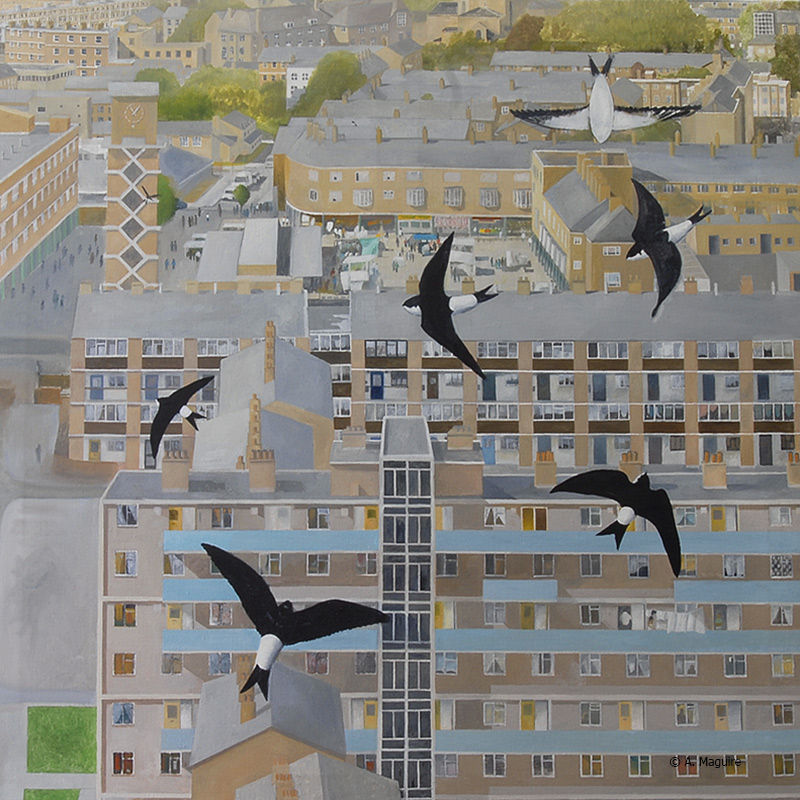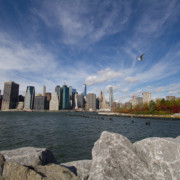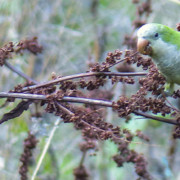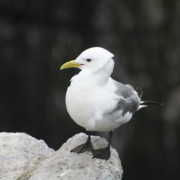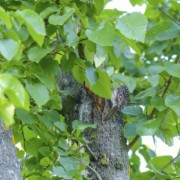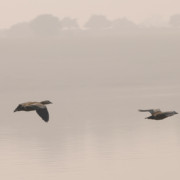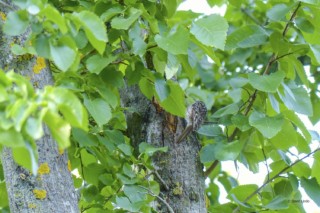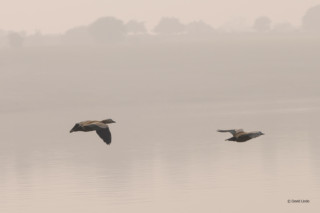Having lived and birded in East London for over thirty years I have witnessed a tremendous number of changes in the birdlife of the area – unfortunately not all for the good.
There used to be huge swathes of derelict land especially close to the River Thames from St Katherine’s Dock in the west (c3 miles from central London) out to Dagenham and Rainham Marshes in the east. However, as a result of the vast amount of ongoing development during this time the majority of wastelands that used to support large numbers of House Sparrows, finches and other insectivorous birds no longer exist resulting in the subsequent huge population declines of several bird species.
Yet despite these losses the area still has some important assets that help keep it a lively and interesting place to watch birds.
The first major feature is the River Thames that along with some other important watercourses act as magnets for birds.
Grey Wagtails inhabit the lower end of the Grand Union Canal in the west near Limehouse Basin. Sharing this stretch are Grey Heron, Common Kingfisher, Mute Swan, Eurasian Coot, Common Moorhen, Mallard, Great Crested and Little Grebes.
As well as Great Cormorant navigating the canal and River Lea, Black- headed and Common Gulls are regular winter visitors, Great Black-backed Gull are seen all year round with Common Tern, hirundines and Common Swifts in summer. Pied Wagtail are the typical canalside birds and Eurasian Siskin have been regular winter visitors in Shandy Park and Harford Street in Stepney.
Victoria Park has a good selection of waterfowl including plenty of Mallard, Northern Shoveler, Common Pochard and Tufted Duck. Finches and woodpeckers inhabit the woods and gardens whilst Fieldfare and Redwing are regular in winter together with the resident Song and Mistle Thrushes. Stock Dove are also regular as are summer visitors including the common warblers, Spotted Flycatcher, Northern Wheatear and Black Redstart.
The Lea Valley, as much of east London, is a good place to find migrants. One spring I co-found a male Common Redstart on the Grand Union Canal and I have regularly seen Whinchat in autumn on Wanstead Flats and at Barking Marsh.
Just east of the Grand Union Canal is Tower Hamlets Cemetery Park that contains a considerable amount of woodland. This gem has Common Kestrel and breeding Eurasian Sparrowhawk, lots of nesting Great Spotted Woodpecker and at least two pairs of Green Woodpecker. This is also a local haven for Eurasian Jay and large numbers of other woodland birds with the occasional Firecrest.
The Isle Of Dogs is one of the country’s few refuges for the Black Redstart. This is another bird that benefited from the destruction of East London caused by the bombing during WW2. It’s amazing how common this “rare” species becomes as soon as you cross the English Channel. The other spectacular Docklands bird is the Peregrine that breeds at a growing number of sites in the area and can be seen throughout East London.
At the southern end of the Isle Of Dogs is Mudchute Farm, the largest city farm in Europe. It has a good mix of open pasture, scrub and woodland hosting very large numbers of European Greenfinch as well as European Goldfinch and Common Chaffinch. Common Whitethroat breed and Sedge Warbler inhabit the reed beds over on the west side of the farm.
Further east is the beach by the Thames Barrier Park where the occasional wader such as Common Redshank can be found with Common Teal and Common Shelduck offshore. Barking Creek and Barking Marsh, until recently, had breeding Northern Lapwing that incidentally can often be seen roosting on the grassy areas at the east end of the London City Airport Runway. Numbers of Whinchat can be found on Barking Marsh in autumn with regular Common Stonechat throughout the year, the latter much more common further east at Rainham Marshes RSPB Reserve.
Coming back into the Borough of Newham and Redbridge, Wanstead Flats still has good numbers of Common Skylark and Whinchat that turn up in the autumn. Canada Geese spend their days on the ponds and fly off to roost on the reservoirs in the Lea Valley. Further north at Wanstead Park are plenty of Common Whitethroat and possible Eurasian Bullfinch.
This has been a brief personal tour of some of the sites I know in East London. There are many others to explore such as the Upper Lea and Walthamstow and Tottenham Marshes where you can see Reed Bunting and in the winter a possible passing Short-eared Owl.
Andy Maguire

